Research thesis by Areti Miza examines representative views of the body and the territory, which open up their stereotypical boundaries, assembling them into new conceptual, spatial and ecological correlations while focusing on material and porous relations between the present issues and design boundaries.
-text by the author
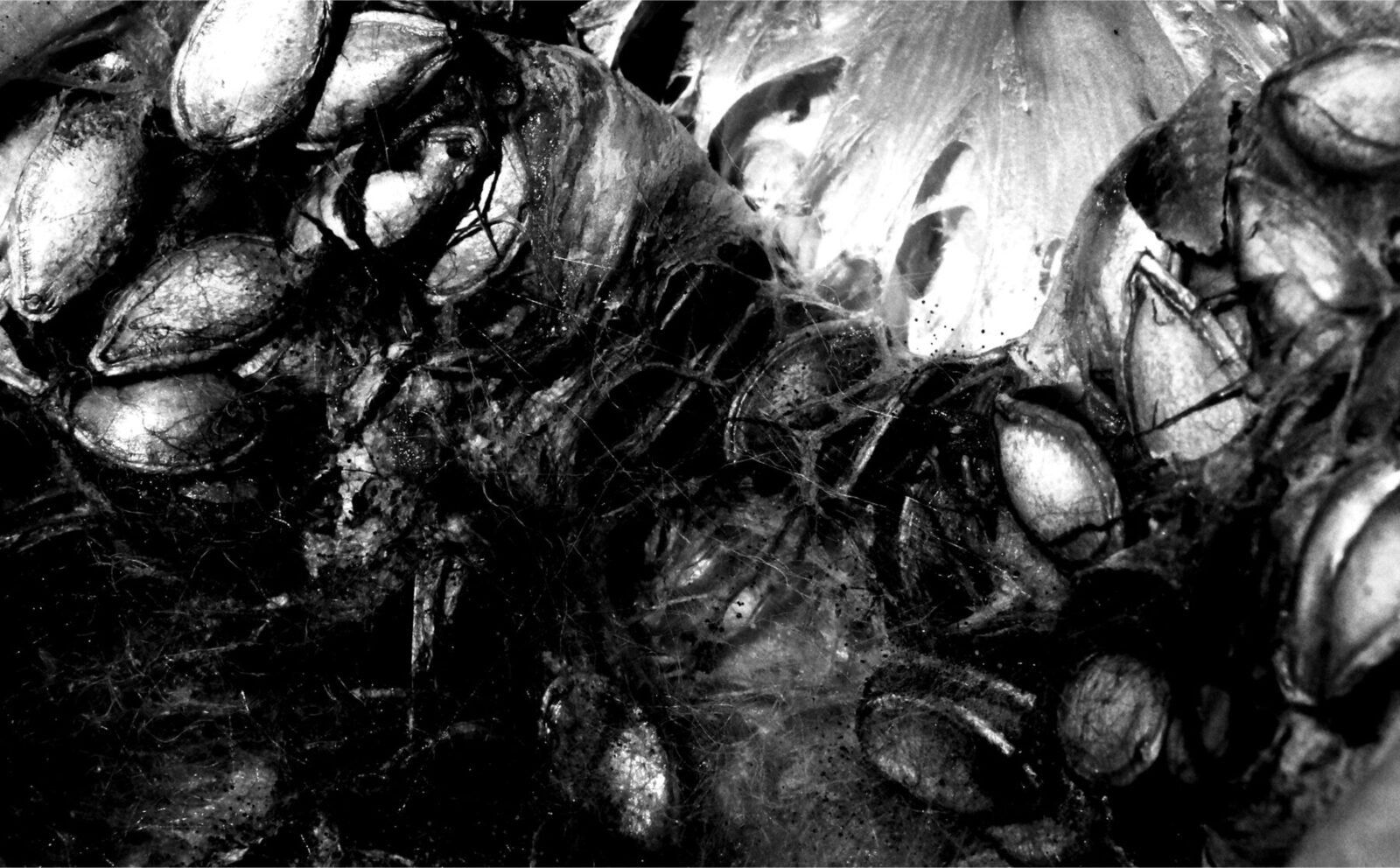
Management tool, is the concept of opening-up, which includes a number of additional concepts such as: cutting, boring, splitting, but also coupling and assembly. Opening up implies the erosion of a stable cohesion, crossing multiple scales to reveal tensions and heterogeneities.
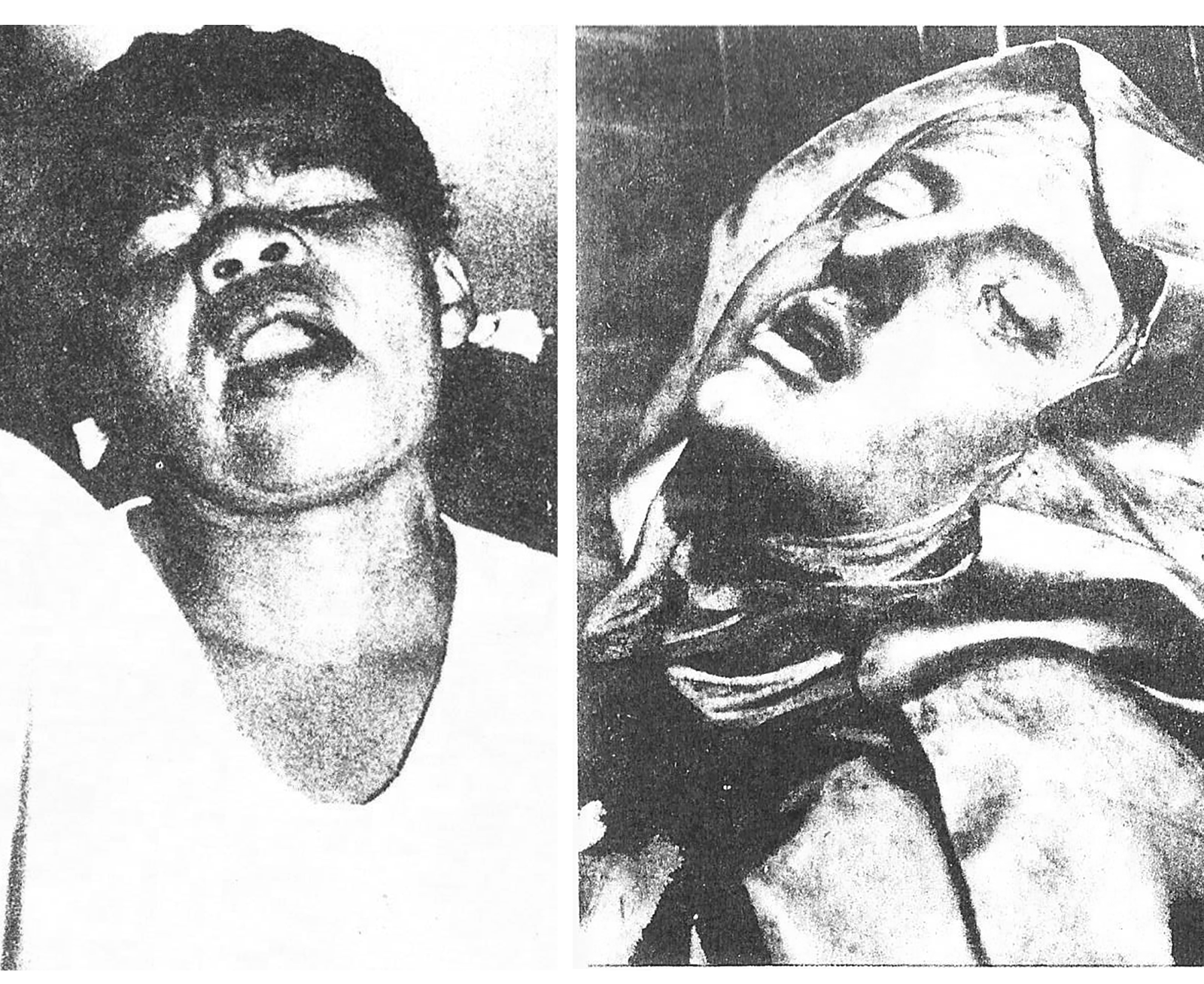
The work attempts to examine new ways of perceiving space, experiencing the body and inhabiting the earth, depending on the material traces of its physical and territorial interrelation and its ecological impact.
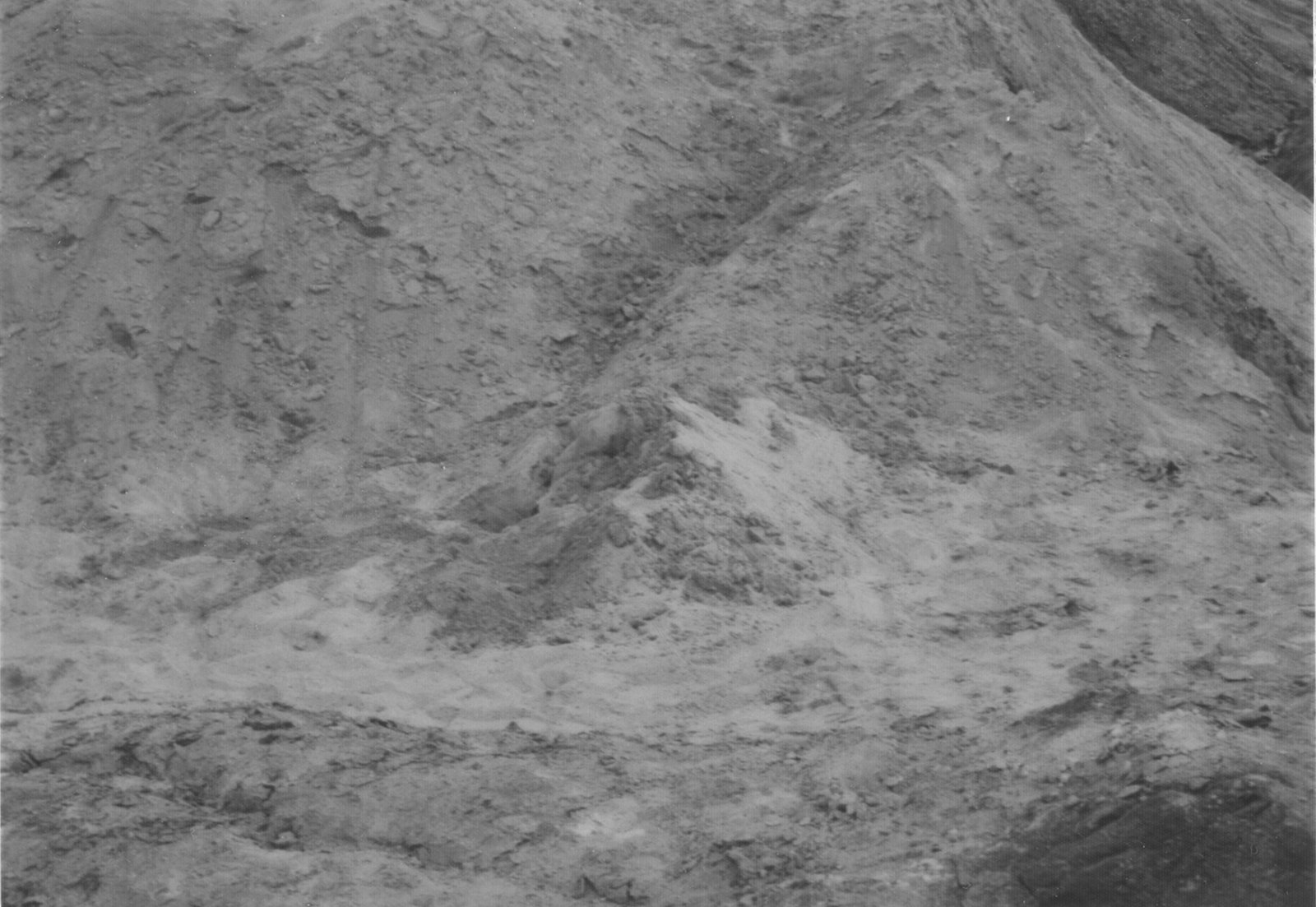
It follows a course of analysis, from the dissection of the body layers, to the exploration of the geological background and the broadening of ecological thought, through interrelated theoretical quests between characteristic philosophical and architectural baggage, mapped into three distinct sections.
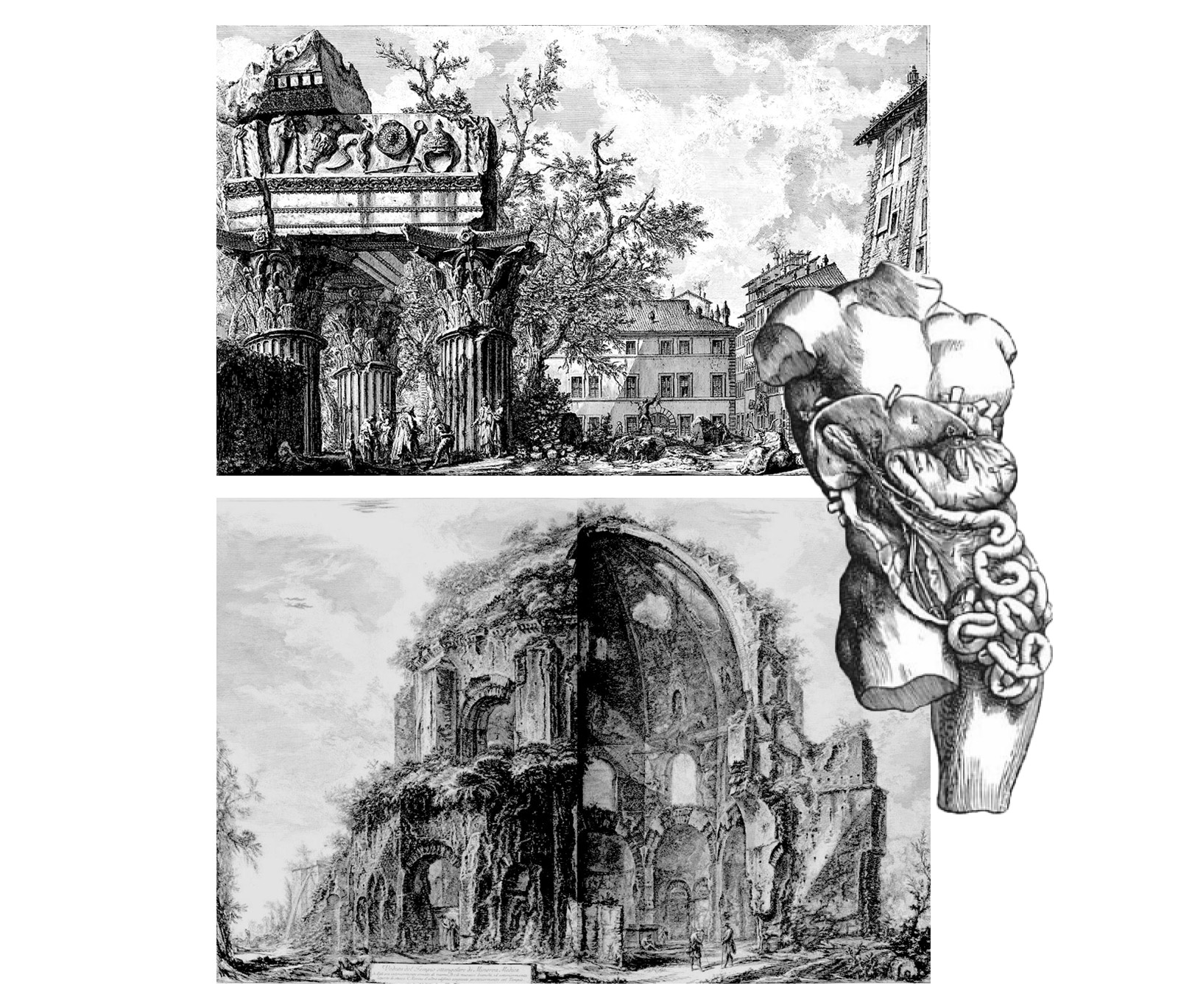
_GIOVANNI BATTISTA PIRANESI, ΝΑΟΣ ΤΗΣ MINERVA MEDICA, 1778.
_ANDREAS VESALIUS, DE HUMANI CORPORIS FABRICA LIBRI SEPTEM, 1543.
The first section approaches corporeal exploration possibilities that emerge from breaking through the skin surface.
Anatomy practice during the Renaissance, led by Andreas Vesalius, is seen as a moment of understanding of the body and the architecture, which stimulated interest in the anatomical incision. Through sections of the philosophical works of Maurice Merleau-Ponty, George Bataille, and Antonin Artaud, the body is examined in extreme conditions, in relation to its ideal proportion as a model for architecture and thought.
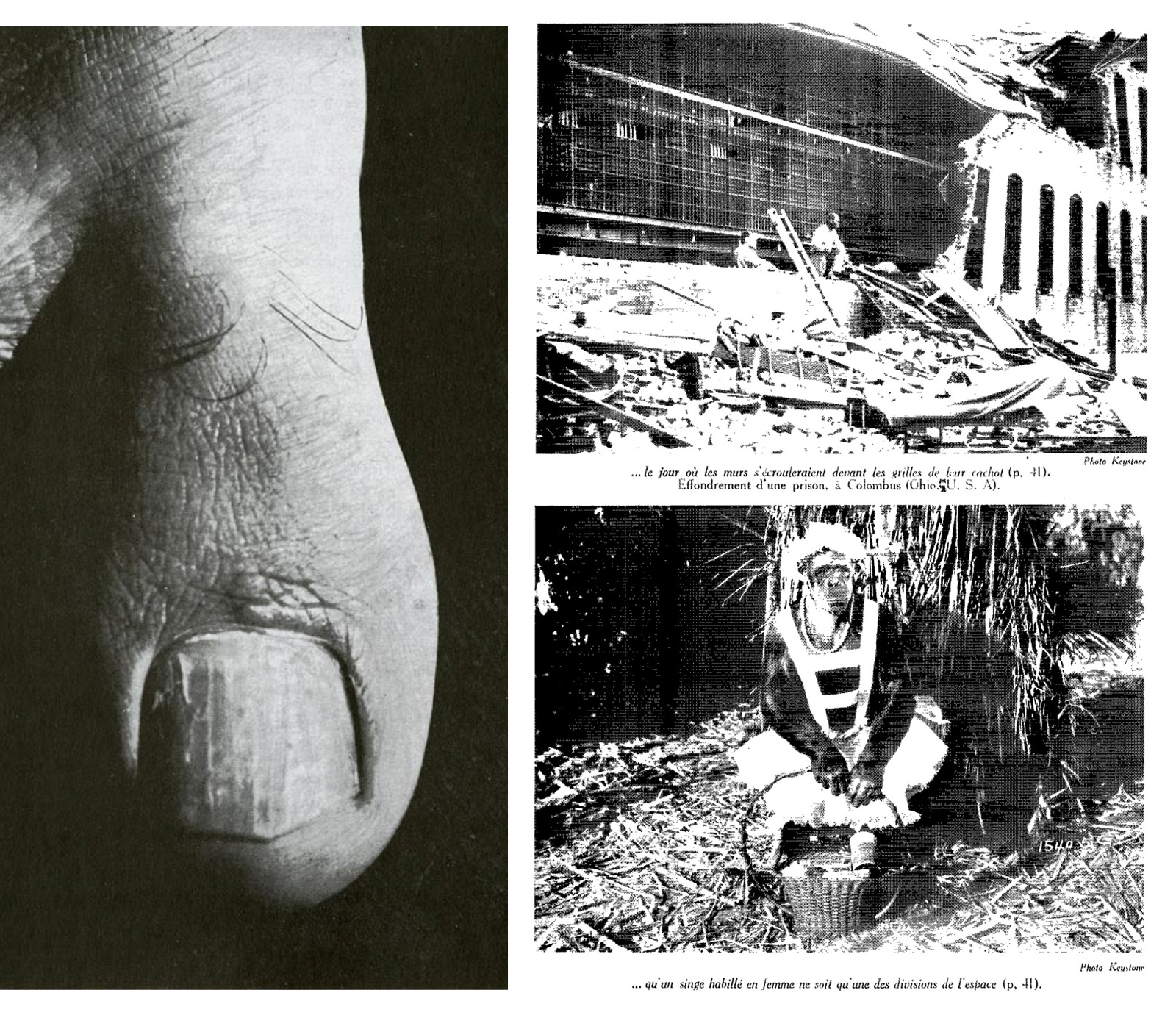
_ΑΠΕΙΚΟΝΙΣΕΙΣ ΑΠΟ ΤΟ ΠΕΡΙΟΔΙΚΟ DOCUMENTS (NO.1). 1930. (ΚΑΤΑΡΡΕΥΣΗ ΜΙΑΣ ΦΥΛΑΚΗΣ ΣΤΟ COLUMBUS ΤΟΥ OHIO, ΜΙΑ ΜΑΙΜΟΥ ΝΤΥΜΕΝΗ ΓΥΝΑΙΚΑ)
The concept of physicality is studied as an ever-emerging, open and without clear boundaries experience, which can open up possibilities for a fragmentary and dynamic relationship with space, such as that adopted in the architectural work of Morphosis.
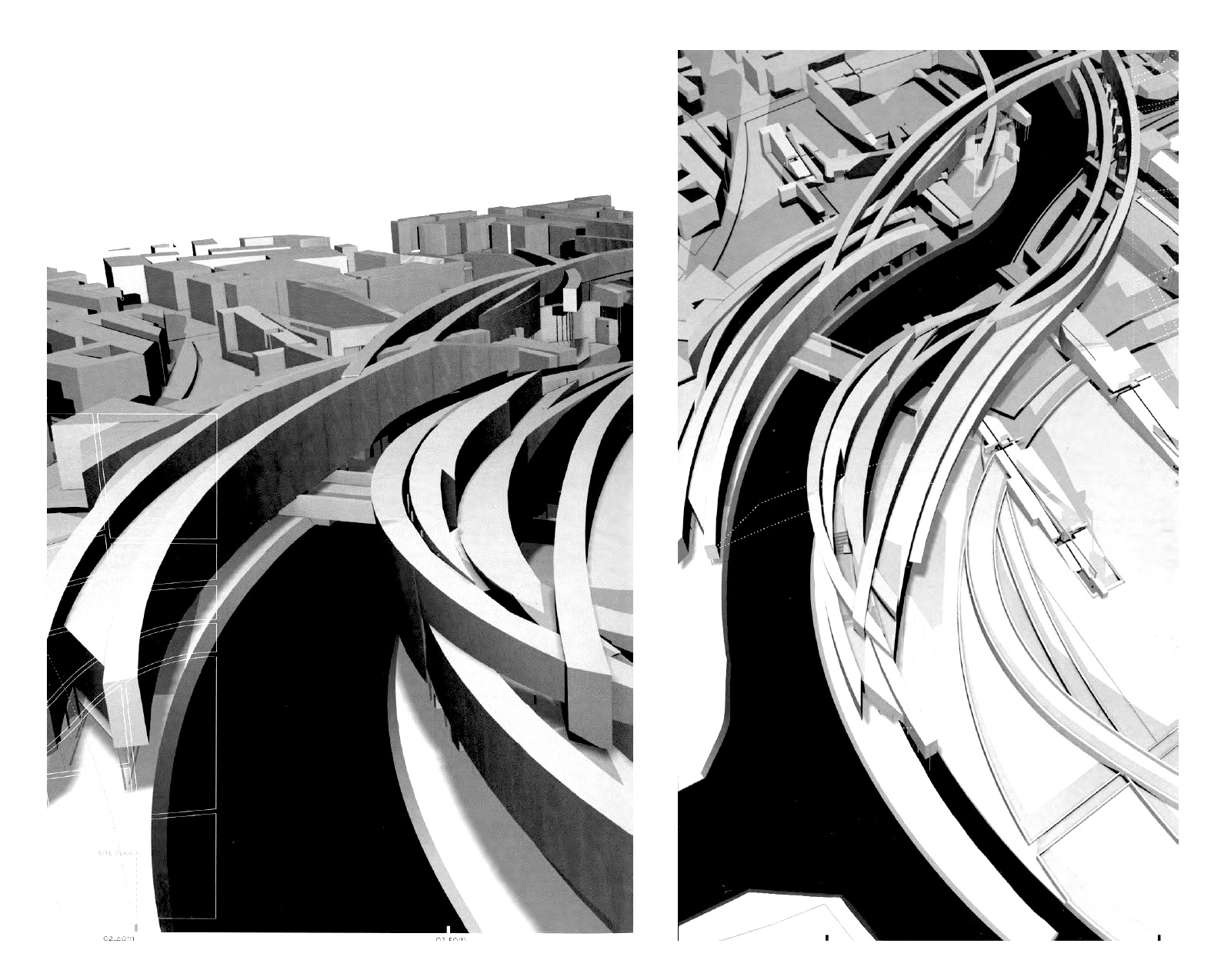
The second section, undertakes a transition from the physical to the ground breakthrough. The aim of the section is to explore the material and fluid dimension of grounds and their relation to the expansion of the boundaries of a body.
In this context, ground breakthrough is geologically oriented and concerns an underground complexity, a perforation, which negates the established territories, placing the un-grounding first, calling for a more radical ecological thinking about architecture.
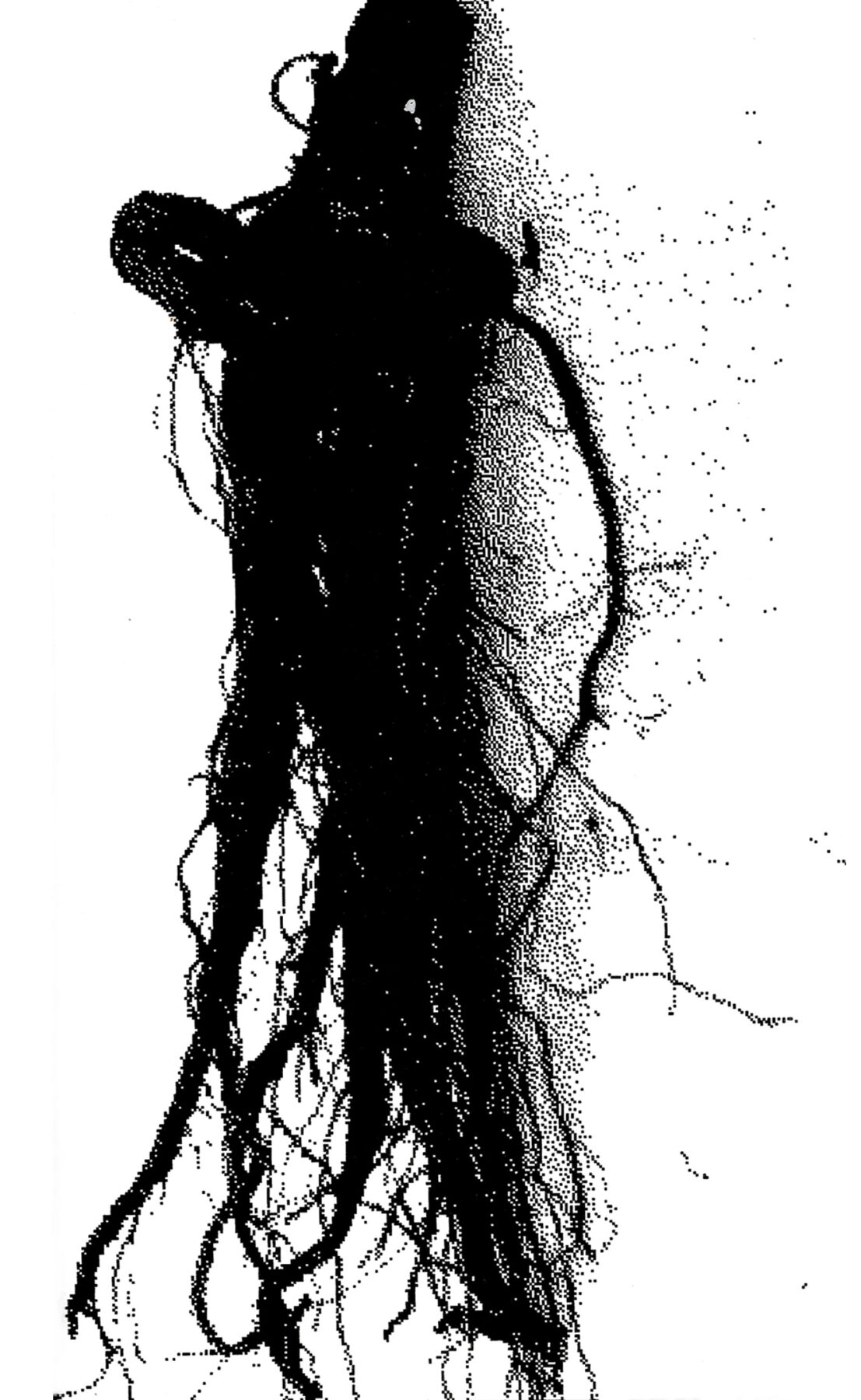
Both the physical and the mental soils, consisting of complex grids of relationships, are analyzed through the work of Manuel De Landa, Gilles Deleuze & Félix Guattari, and Reza Negarestani. Grounds, as places of unconditional meeting between us and the material processes of the earth are researched in the work of the architects Nella Golanda & Aspasia Kouzoupi as well as Christos Papoulias.
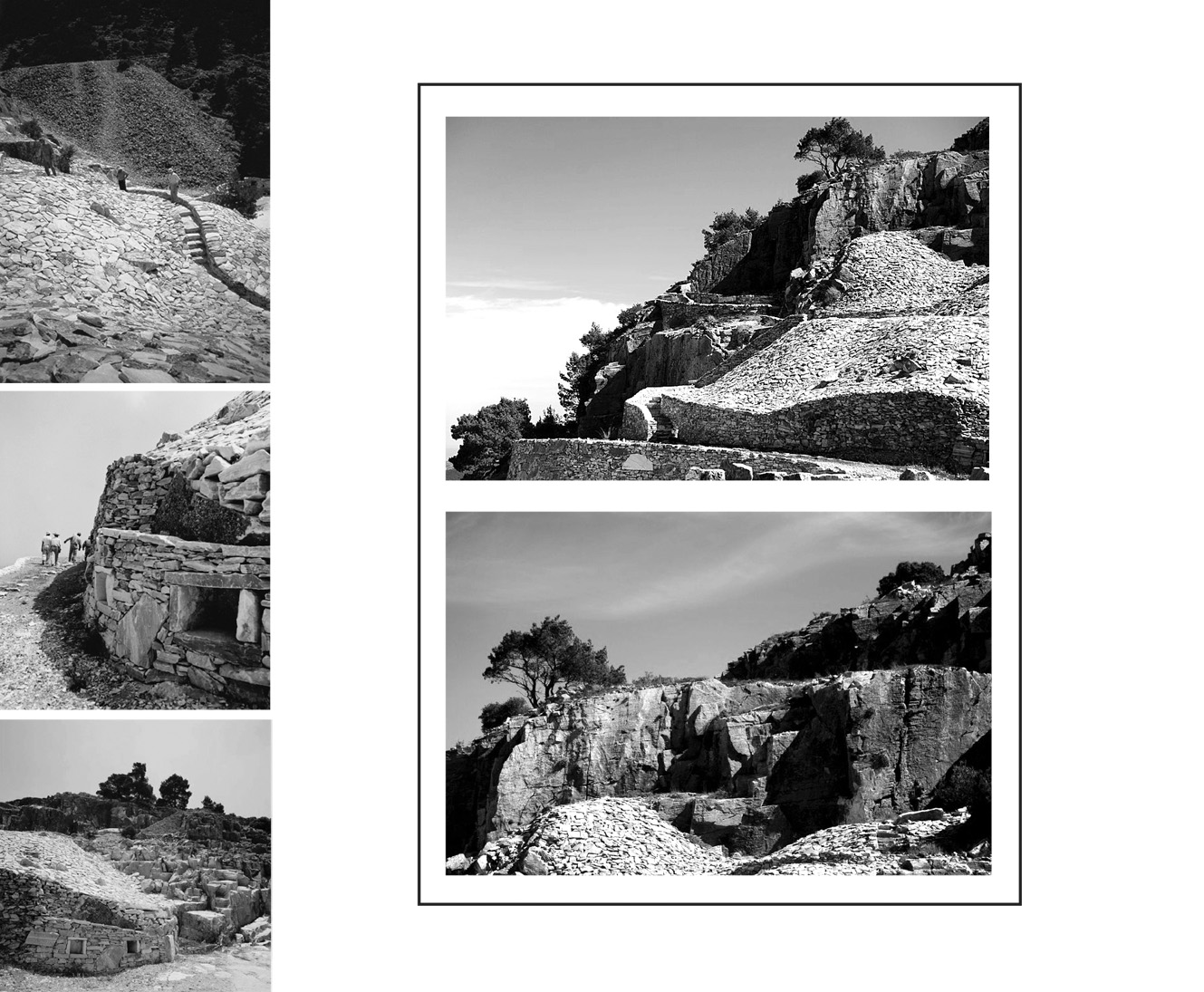
The third section explores how the decomposed body and the fragmentary ground of the previous two sections restate the relationship between mineral, plant, and animal bodies as part of a quest for contemporary environmental and geological degradation.
The geodetic processes of the earth, inseparable from human presence and action, propose a new ground, which challenges the primacy of “nature”, redefining the material and bodily relations between man, environment and earthly critters.
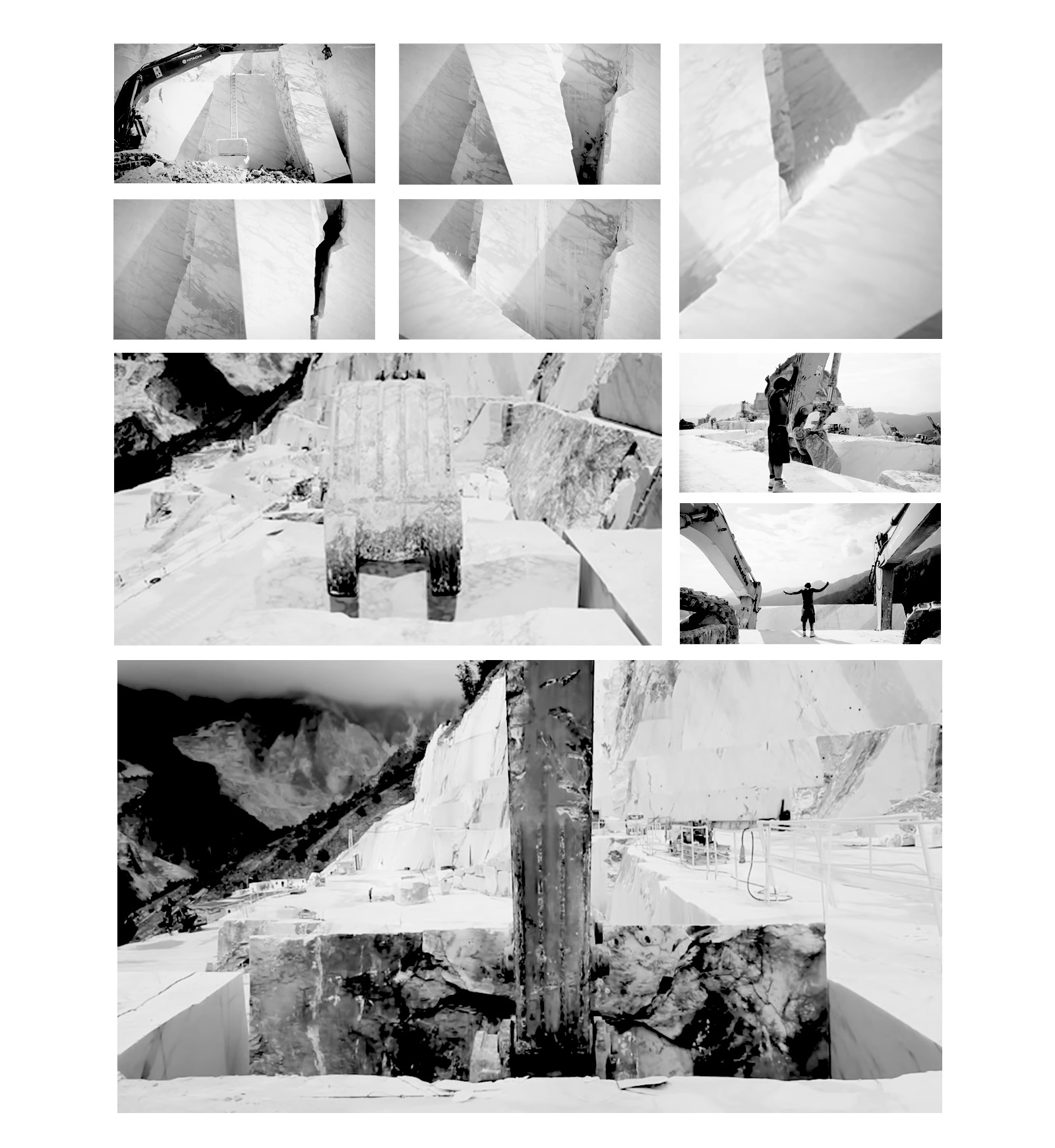
It introduces the thought of the feminist theorist Donna Haraway, about the process of re-worlding of the earth, through biological and geological terms.
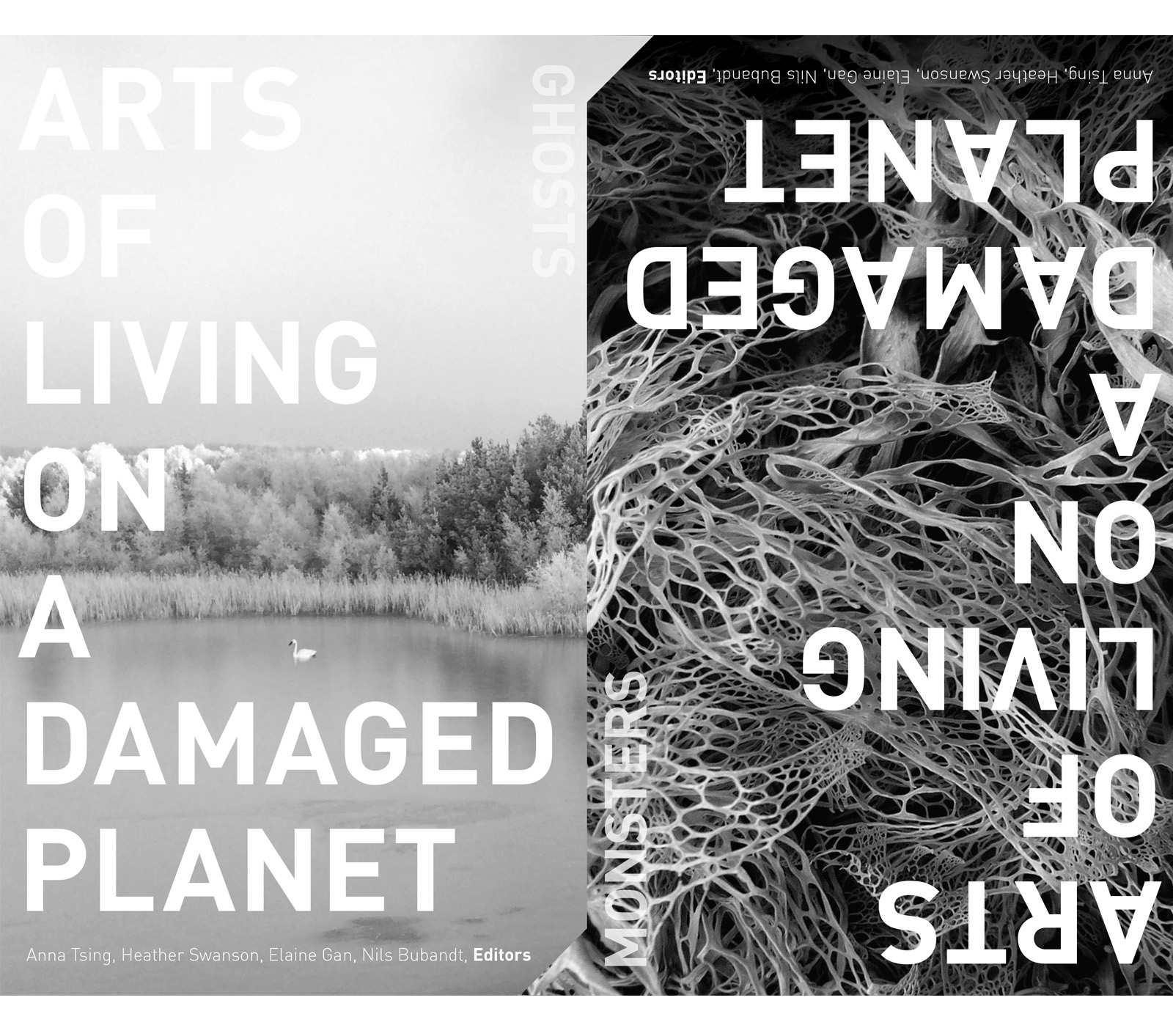
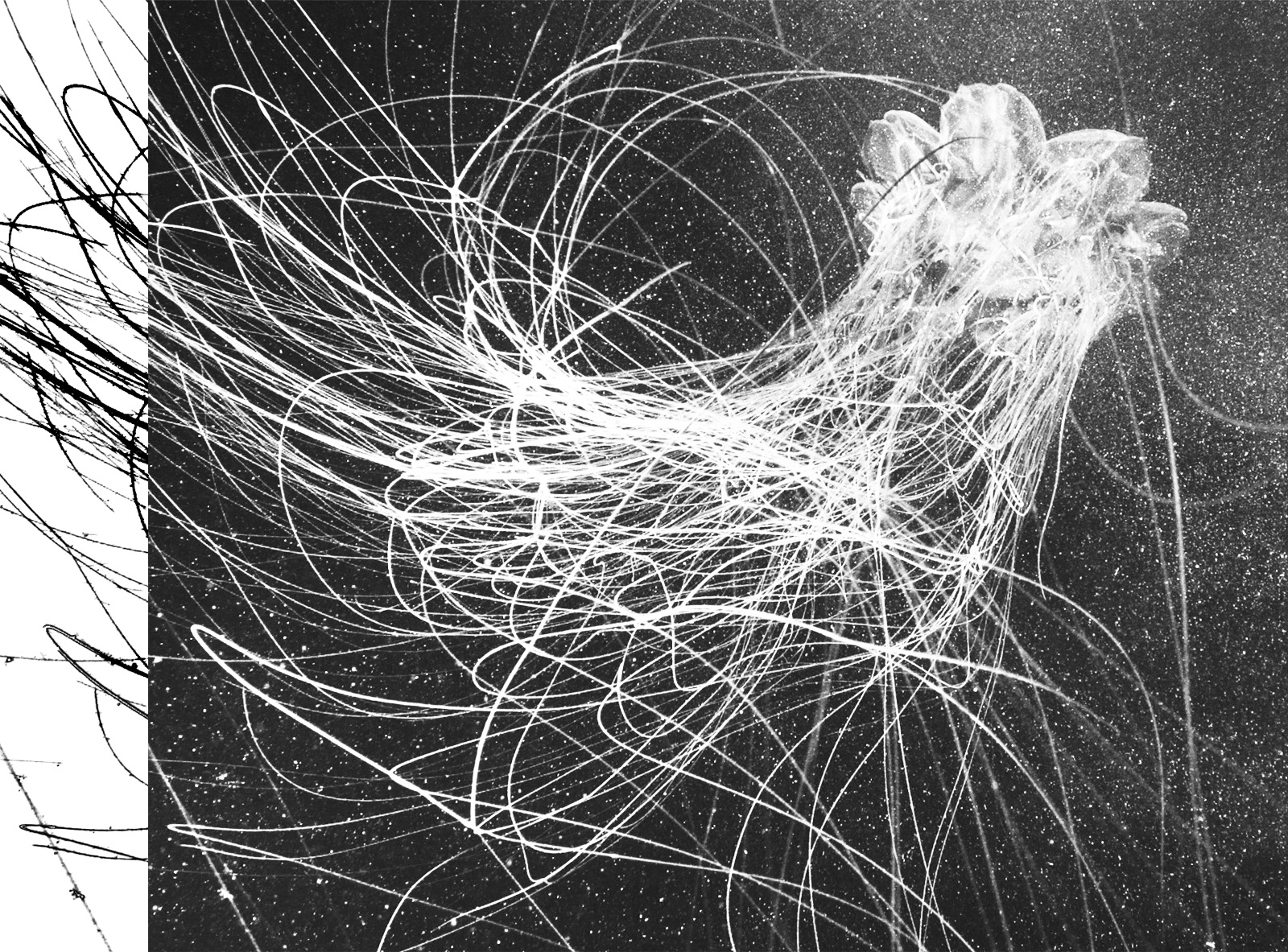
In an attempt to expose open body-to-ground manipulations governed by material interconnections, the section concludes with the example of architects Anuradha Mathur & Dilip da Cunha and the artist Alberto Burri, who are proposing a re-conception of the relationship between ecology and architecture.
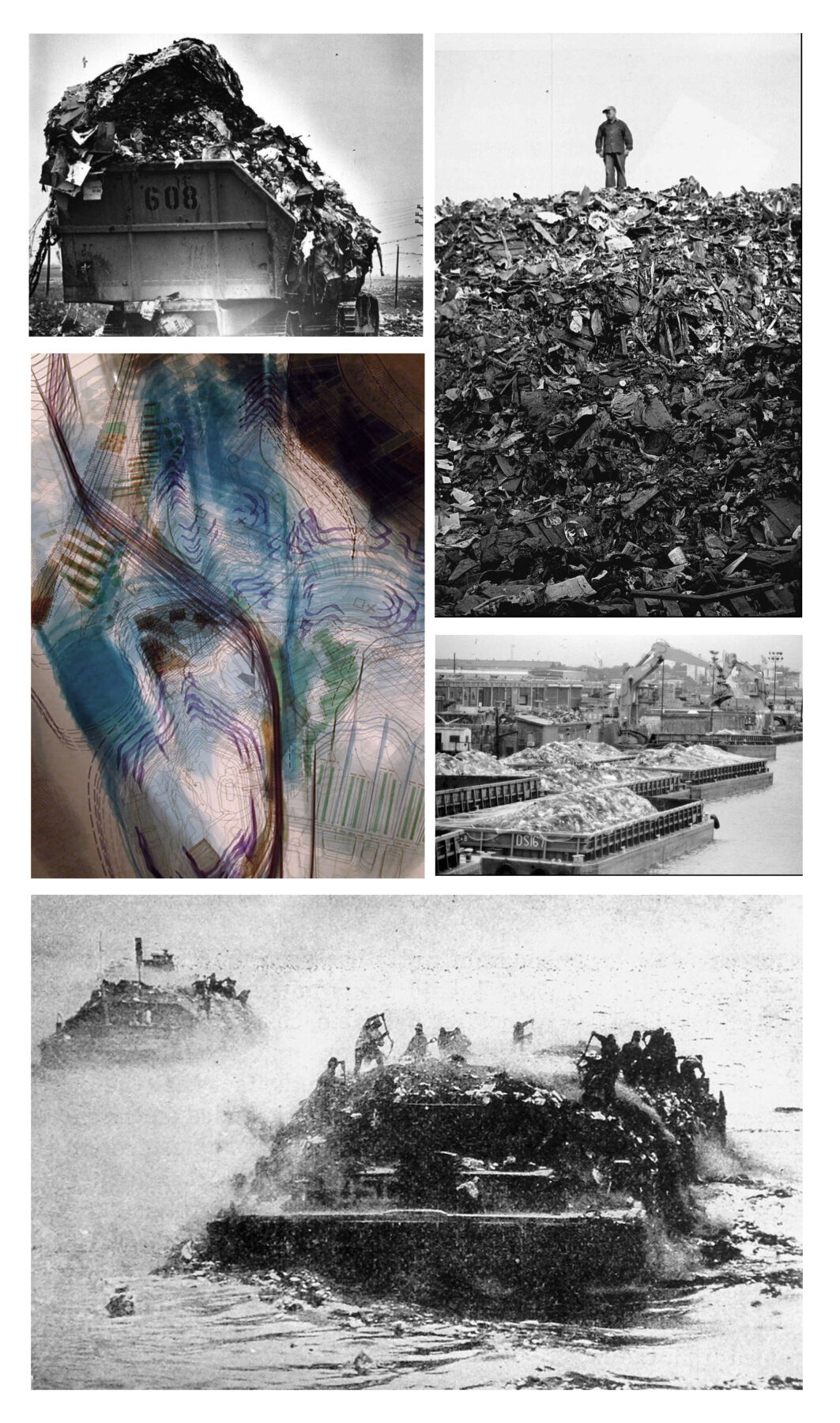
_ROB SOLLETT, ΕΚΦΟΡΤΩΣΗ ΣΚΟΥΠΙΔΙΩΝ ΣΤΟ FRESH KILLS, 1996.
_JOHN PADULA, STATEN ISLAND ADVANCE.
_MATHUR / DA CUNHA, FRESH KILLS, 2001.
_MATHUR / DA CUNHA, FRESH KILLS, 2001.
Facts & Credits
Project title Body and Τerritory in reciprocal breaking and asemblage
Student Areti Miza
Date November 2021
Course Research thesis
Supervising professor Dimitra Chatzisavva
Institution School of Architecture, University of Crete
Η ερευνητική εργασία της Αρετής Μίζα εξετάζει αντιπροσωπευτικές θεωρήσεις για το σώμα και το έδαφος, που διανοίγουν τα στερεοτυπικά όριά τους συναρμόζοντάς τα σε νέες εννοιολογικές, χωρικές και οικολογικές συσχετίσεις, εστιάζοντας, παράλληλα, σε υλικές και πορώδεις σχέσεις ανάμεσα στα επικείμενα ζητήματα και στα όρια του σχεδιασμού.
-κείμενο από τη δημιουργό
Εργαλείο διαχείρισης, αποτελεί η έννοια της διάνοιξης, που συμπαρασύρει μια σειρά από επιπλέον έννοιες όπως οι: τομή, διάτρηση, διάσπαση, αλλά και σύζευξη και συναρμογή. Η διάνοιξη, υπονοεί τη διάβρωση μιας ευσταθούς συνοχής, διασχίζοντας πολλαπλές κλίμακες για να αποκαλύψει εντάσεις και ετερογένειες.
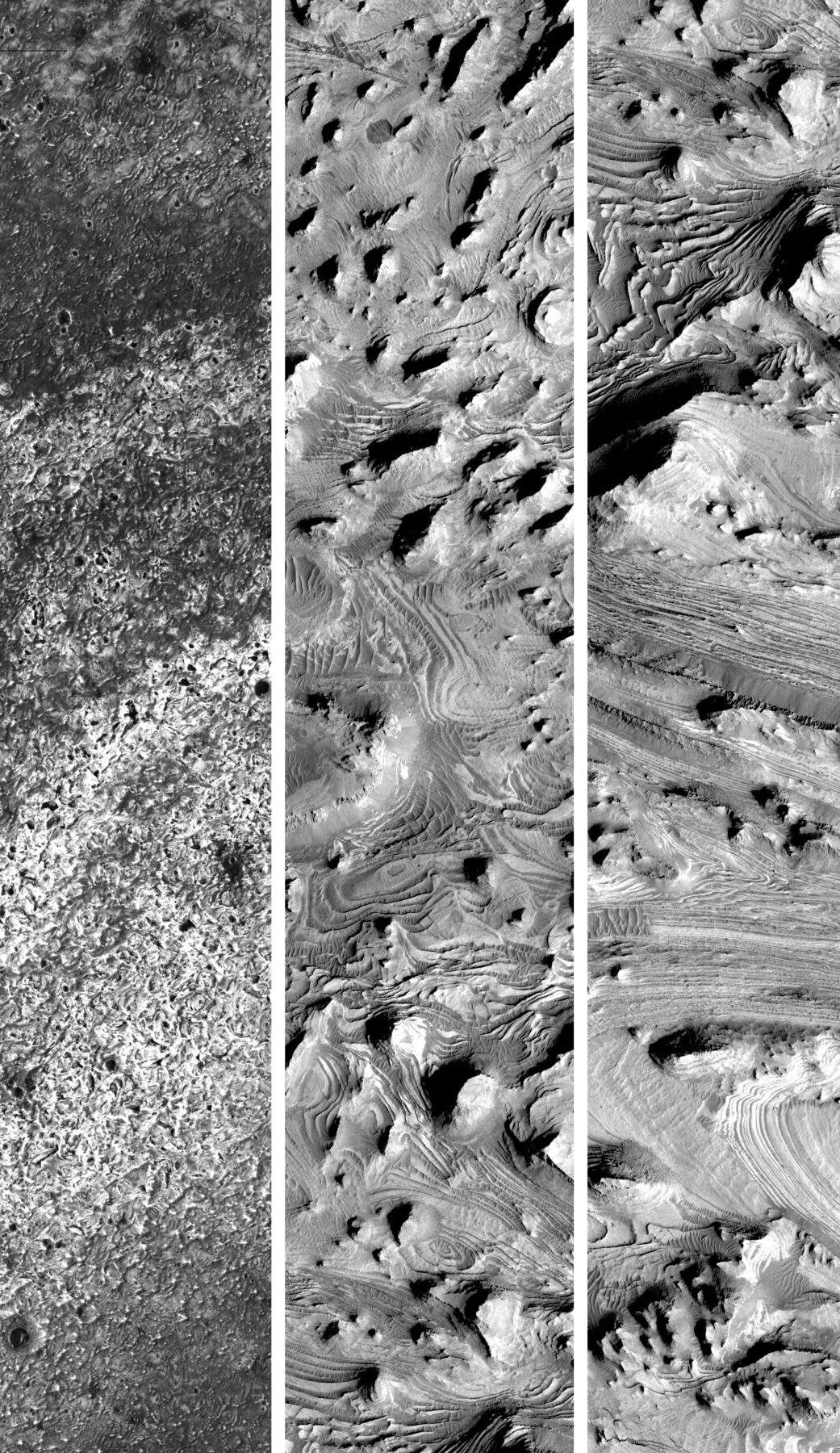
Η εργασία επιχειρεί να εξετάσει νέους τρόπους θεώρησης του χώρου, βίωσης του σώματος και κατοίκησης της γης, εξαρτώμενους από τα υλικά ίχνη της σωματικής και εδαφικής αλληλοσυσχέτισης και του οικολογικού αποήχου της.
Ακολουθείται μια πορεία ανάλυσης, από την ανατομή των σωματικών στρωμάτων, μέχρι την εξερεύνηση του γεωλογικού υποστρώματος και το άνοιγμα της οικολογικής σκέψης, μέσα από αλληλοτεμνόμενες θεωρητικές αναζητήσεις μεταξύ χαρακτηριστικών φιλοσοφικών και αρχιτεκτονικών αποσκευών, που χαρτογραφείται σε τρεις διακριτές ενότητες.
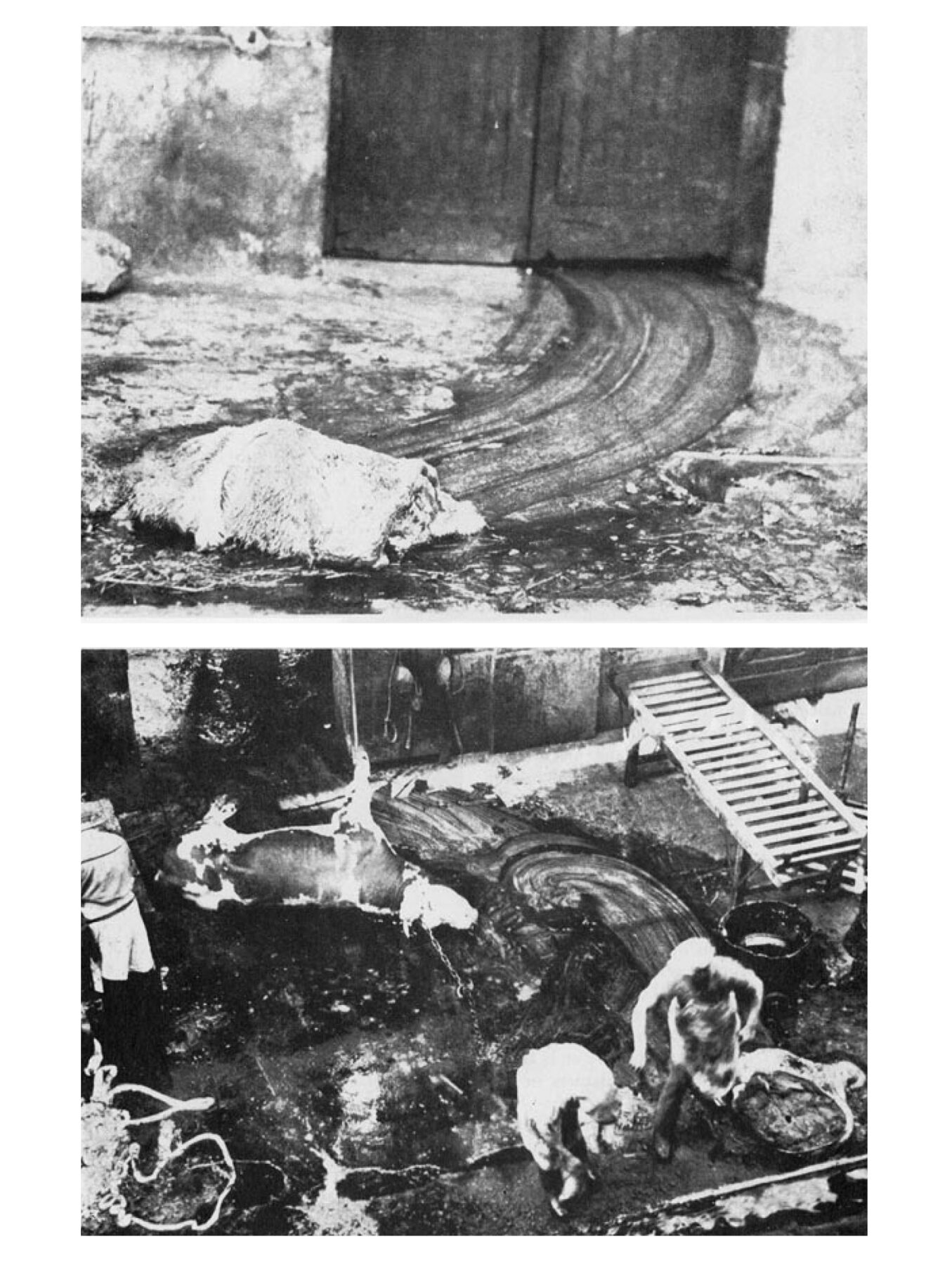
Η πρώτη ενότητα, προσεγγίζει σαρκικές δυνατότητες που αναδύονται από την διάνοιξη της επιφάνειας του δέρματος.
Η ανατομική πρακτική κατά την περίοδο της Αναγέννησης, με κύριο εκπρόσωπο τον Andreas Vesalius, εξετάζεται ως μια νέα στιγμή κατανόησης για το σώμα και την αρχιτεκτονική η οποία κινητοποίησε το ενδιαφέρον για την ανατομική τομή. Μέσα από διασχίσεις του φιλοσοφικού έργου των Maurice Merleau-Ponty, George Bataille και Antonin Artaud, εξετάζεται το σώμα σε οριακές συνθήκες, σε σχέση με την ιδεατή του αναλογία ως πρότυπο για την αρχιτεκτονική και τη σκέψη.
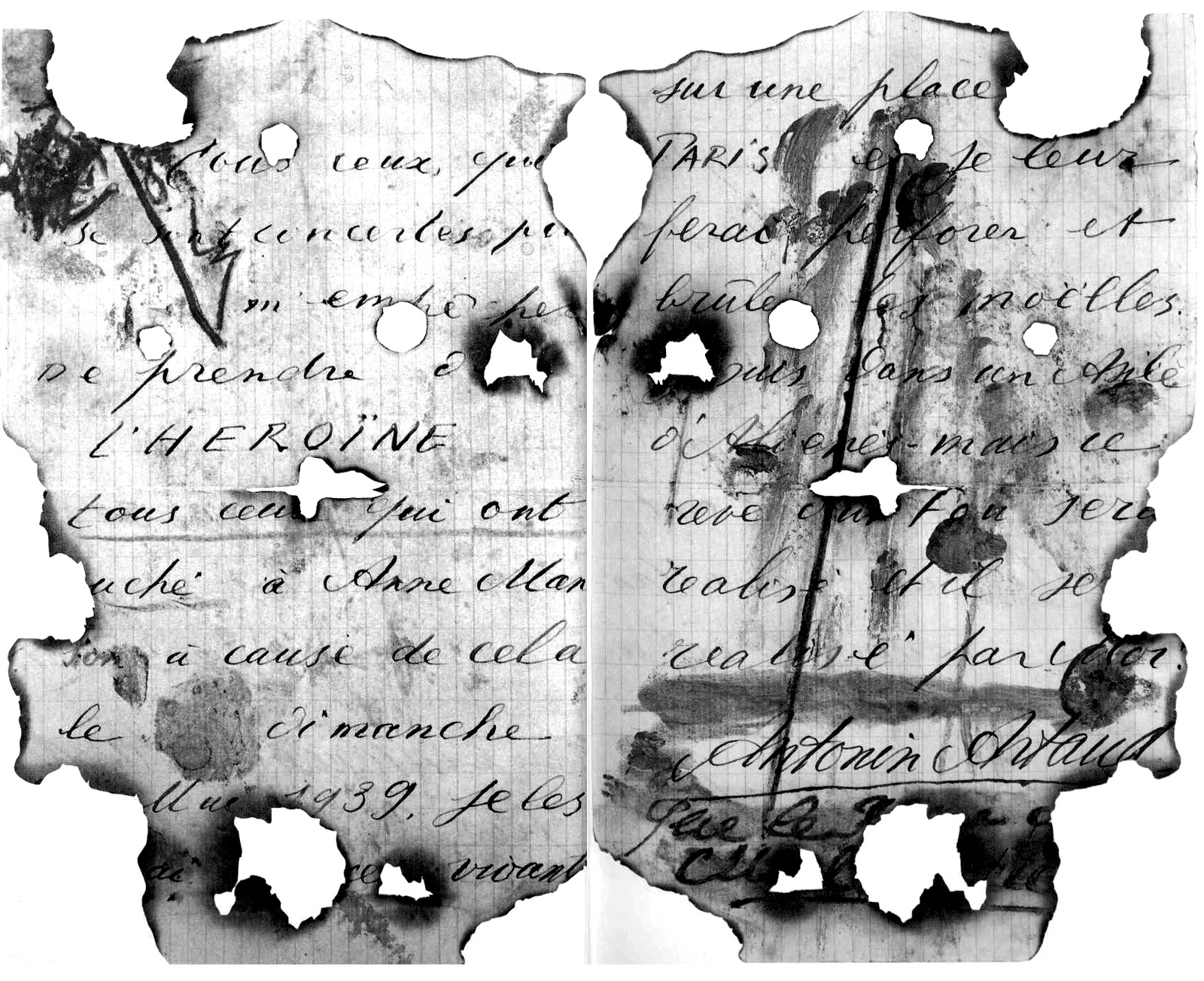
Η έννοια της σωματικότητας, μελετάται ως μια συνεχώς αναδυόμενη, ανοιχτή και χωρίς σαφή όρια εμπειρία, που μπορεί να διανοίξει δυνατότητες για μια αποσπασματική και δυναμική σχέση με τον χώρο, όπως αυτή που υιοθετείται στο αρχιτεκτονικό έργο των Morphosis.
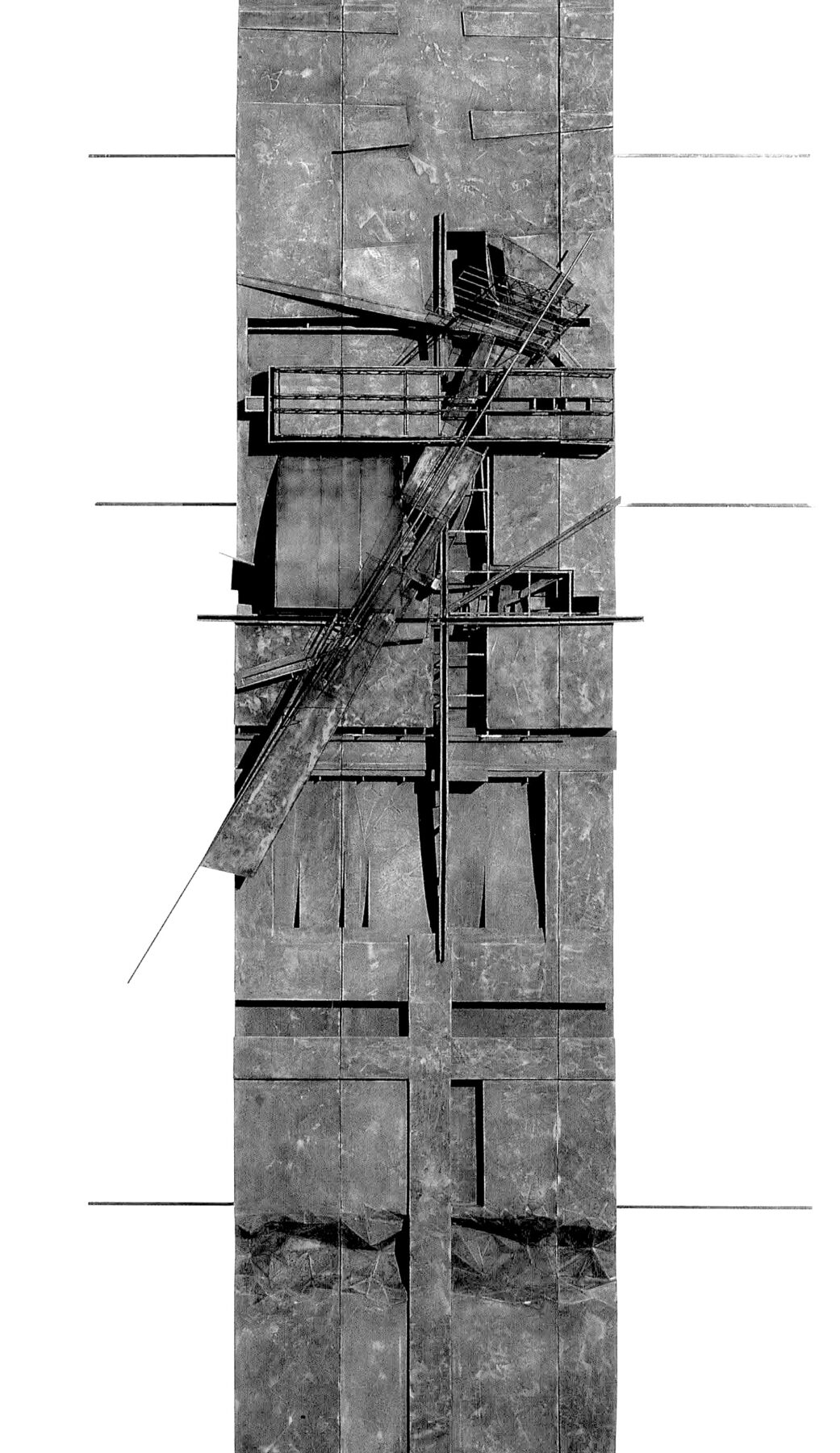
Η δεύτερη ενότητα, αναλαμβάνει ένα πέρασμα από τη σωματική στην εδαφική διάνοιξη. Στόχος της ενότητας, είναι η ανάγνωση της υλικής και ρευστής διάστασης των εδαφών και η σχέση τους με την διεύρυνση των ορίων ενός σώματος.
Σε αυτό το πλαίσιο, η εδαφική διάνοιξη είναι γεωλογικά προσανατολισμένη και αφορά μια υπόγεια πολυπλοκότητα, μια διάτρηση, που αναιρεί τα καθιερωμένα εδάφη, τοποθετώντας πρώτα την αν-εδαφικότητα, καλώντας για μια πιο ριζοσπαστική οικολογική σκέψη για την αρχιτεκτονική. Τόσο τα φυσικά, όσο και τα νοητικά εδάφη, αποτελούμενα από πολύπλοκα πλέγματα σχέσεων αναλύονται μέσα από το έργο των στοχαστών Manuel De Landa, Gilles Deleuze &Félix Guattari και Reza Negarestani.
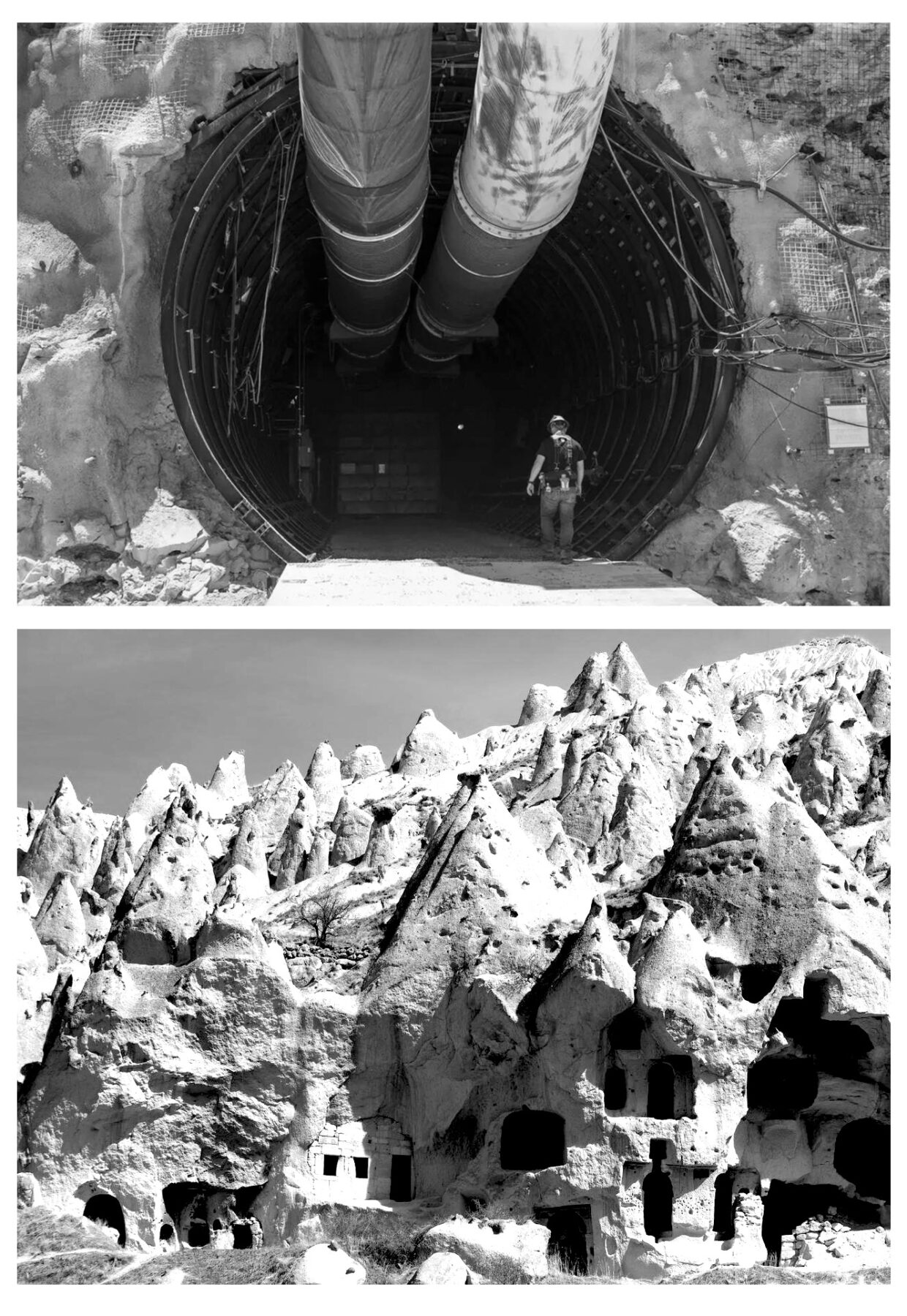
_ ΚΑΠΠΑΔΟΚΙΑ.
Τα εδάφη, ως τόποι συνάντησης ανάμεσα σε εμάς και τις υλικές διεργασίες της γης ερευνώνται στο έργο των αρχιτεκτόνων Νέλλα Γκόλαντα και Ασπασία Κουζούπη καθώς και του Χρήστου Παπούλια.
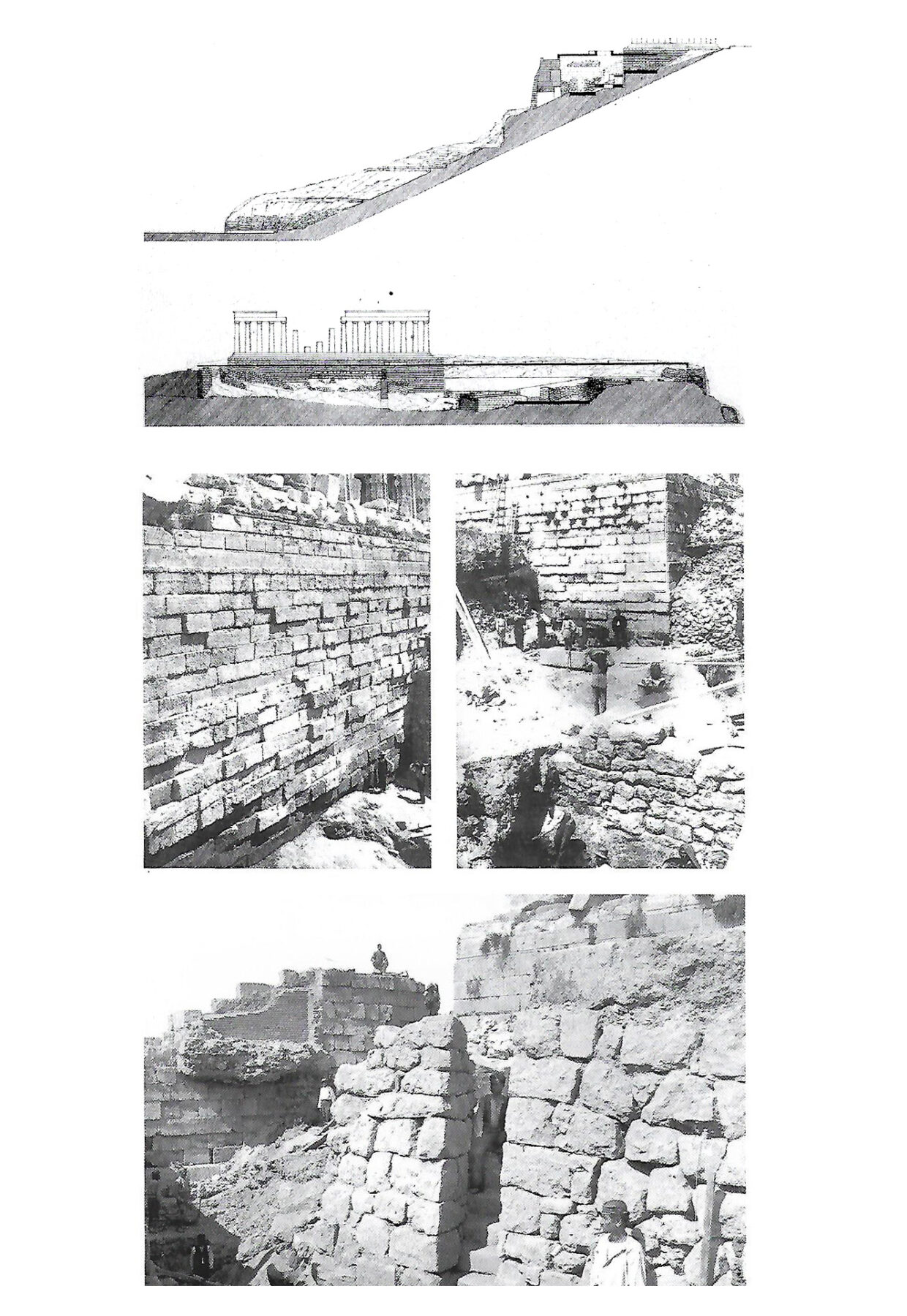
_Η ΑΝΑΣΚΑΦΗ ΤΗΣ ΑΚΡΟΠΟΛΗΣ ΚΑΤΑ ΤΟΝ 19Ο ΑΙΩΝΑ, Ο ΧΩΡΟΣ ΤΟΥ ΕΡΙΧΘΟΝΕΙΟΥ ΜΟΥΣΕΙΟΥ, 1990-91.
Η τρίτη ενότητα, ερευνά πώς το αποδιαρθρωμένο σώμα και το αποσπασματικό έδαφος των δύο προηγούμενων ενοτήτων, επαναδιατυπώνουν την σχέση ανάμεσα σε ορυκτά, φυτικά και ζωικά σώματα, στα πλαίσια μιας αναζήτησης σχετικά με τη σύγχρονη περιβαλλοντική και γεωλογική υποβάθμιση.
Οι γεωδιαδικασίες της γης, αδιαχώριστες από την ανθρώπινη παρουσία και δράση, προτείνουν ένα νέο έδαφος, που αμφισβητεί την πρωτοκαθεδρία της «φύσης», επαναπροσδιορίζοντας τις υλικές και σωματικές σχέσεις ανάμεσα σε άνθρωπο, περιβάλλον και γήινα πλάσματα.
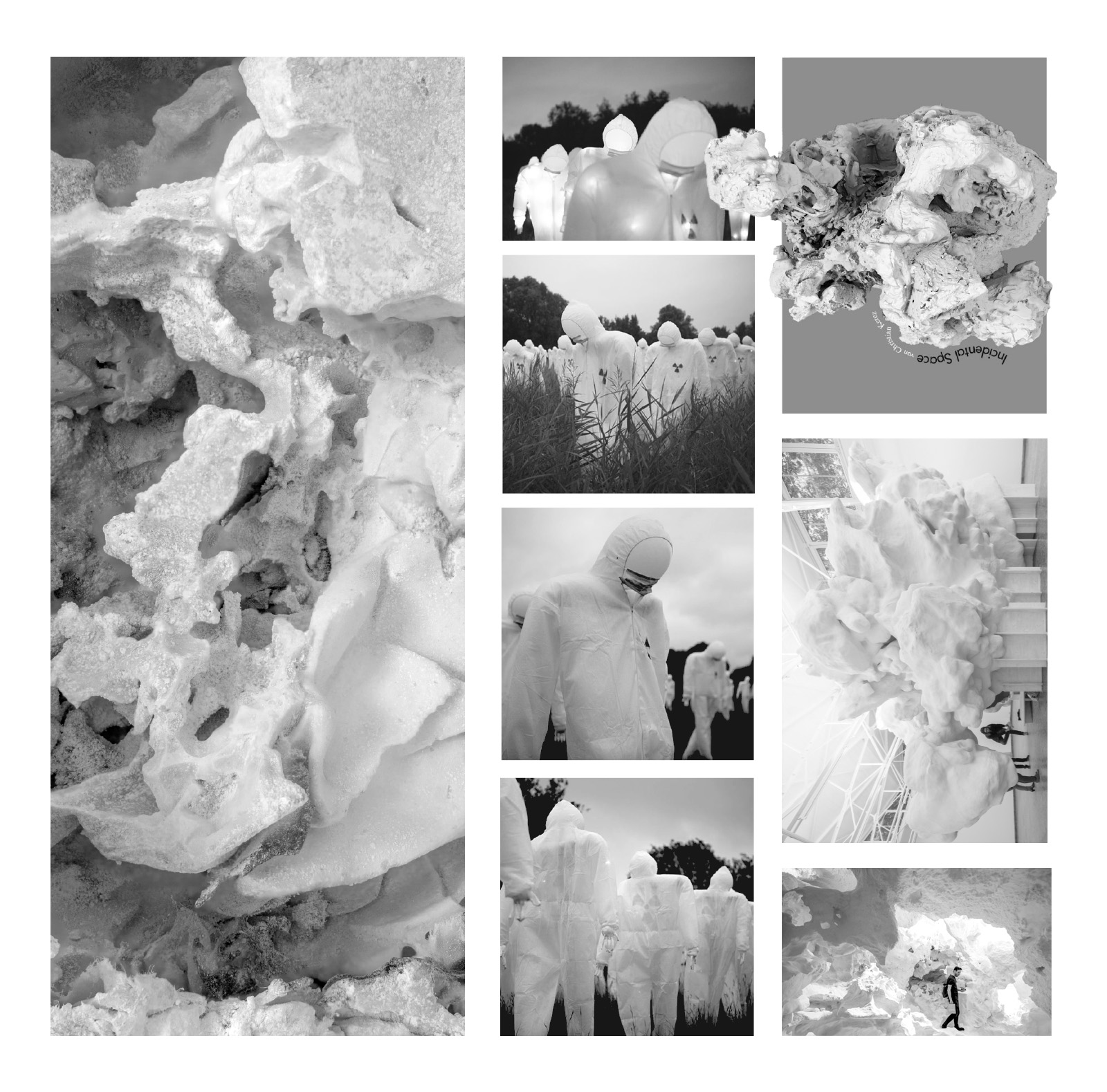
_LUZINTERRUPTUS, RADIOACTIVE CONTROL, 2011.
Εισάγεται η σκέψη της φεμινίστριας θεωρητικού Donna Haraway, σχετικά με τη διαδικασία επανα-κοσμοποίησηςτης γης, μέσα από βιολογικούς και γεωλογικούς όρους. Σε μια απόπειρα έκθεσης ανοιχτών χειρισμών σώματος-εδάφους που διέπονται από υλικές διασυνδέσεις, η ενότητα ολοκληρώνεται με το παράδειγμα των αρχιτεκτόνων Anuradha Mathur και Dilip da Cunha, καθώς και του καλλιτέχνη Alberto Burri,που προτείνουν μια εκ νέου σύλληψη της σχέσης μεταξύ οικολογίας και αρχιτεκτονικής.
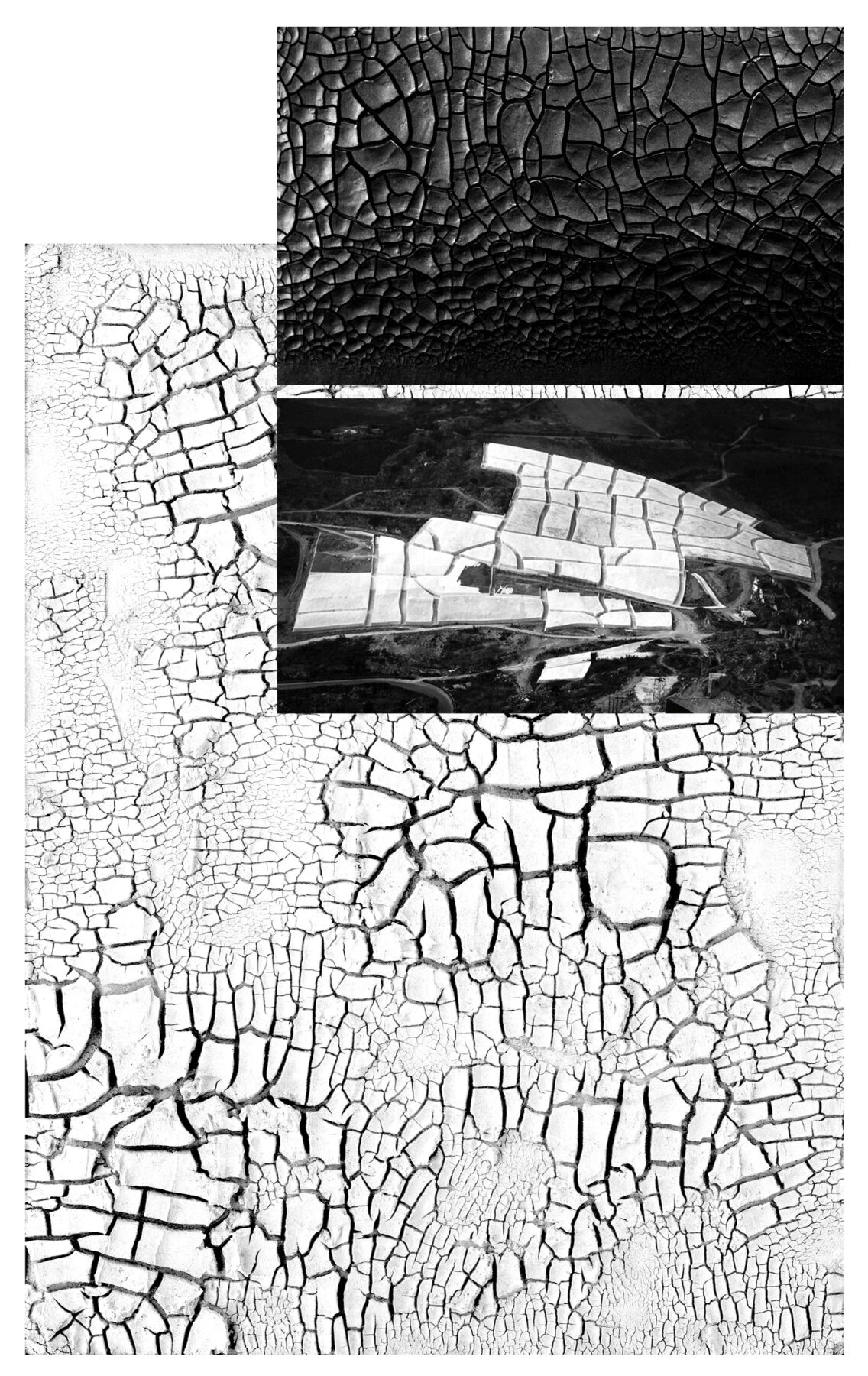
_ALBERTO BURRI, NERO CRETTO, 1948.
_ALBERTO BURRI, GRANDE CRETTO, 1984-1989.
Στοιχεία έργου
Τίτλος εργασίας Σώματα και Εδάφη σε αμοιβαίες συναρμογές και διανοίξεις
Φοιτήτρια Αρετή-Ειρήνη Μίζα
Εξεταστική περίοδος Νοέμβριος 2021
Μάθημα Ερευνητική εργασία
Επιβλέπουσα καθηγήτρια Δήμητρα Χατζησάββα
Σχολή Τμήμα Αρχιτεκτόνων Μηχανικών, Πολυτεχνείο Κρήτης
READ ALSO: “Urban Inn, in an existing structure in the city of Chania.” | Student project by Ampadiotakis Petros & Giannakopoulou Nikoleta